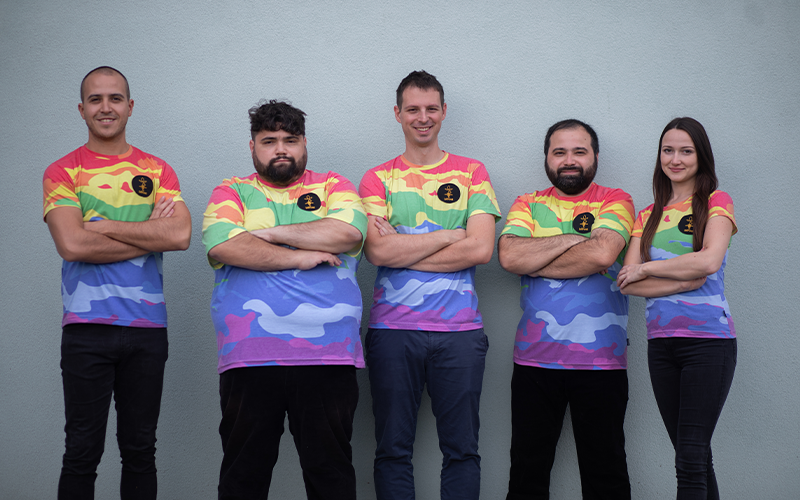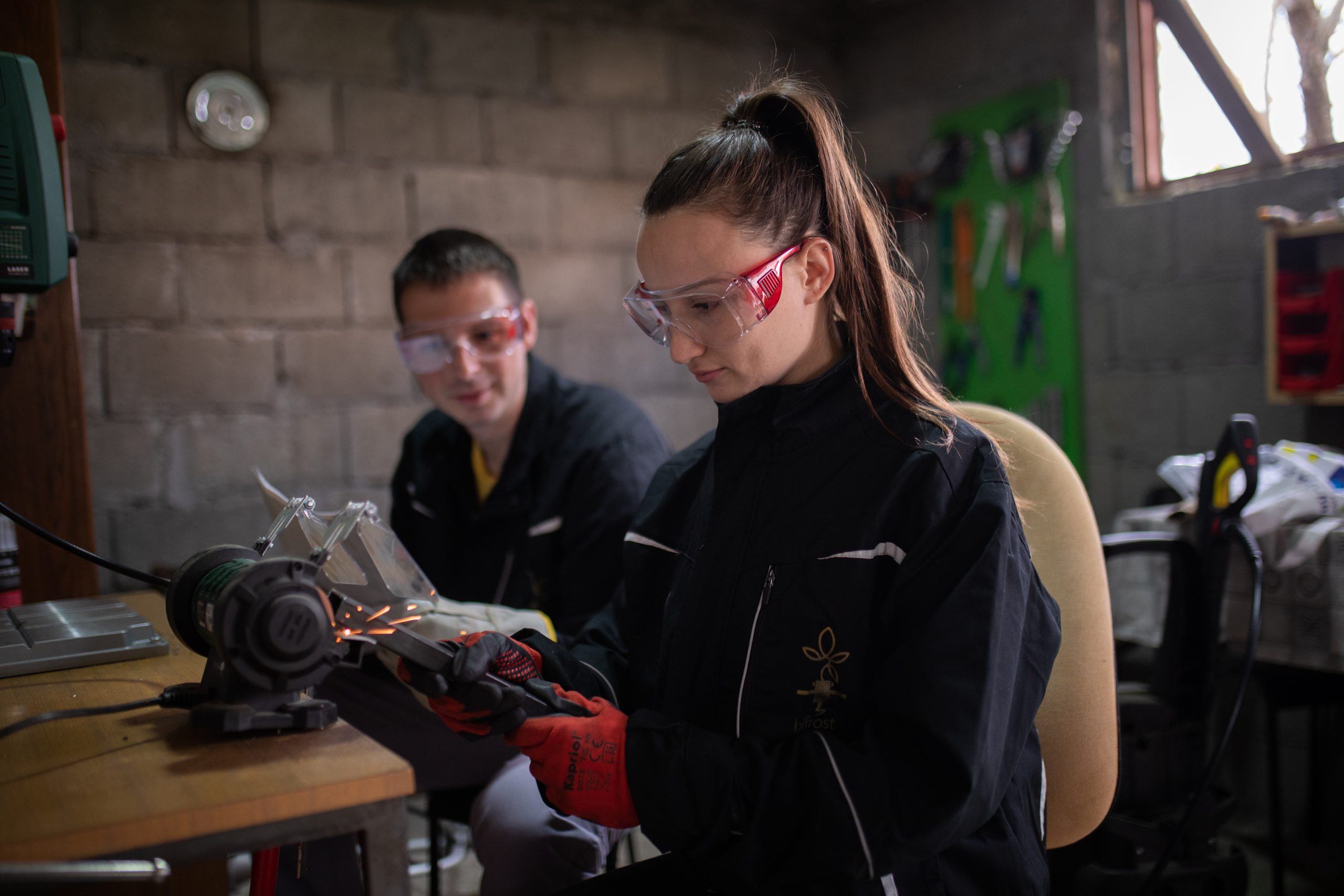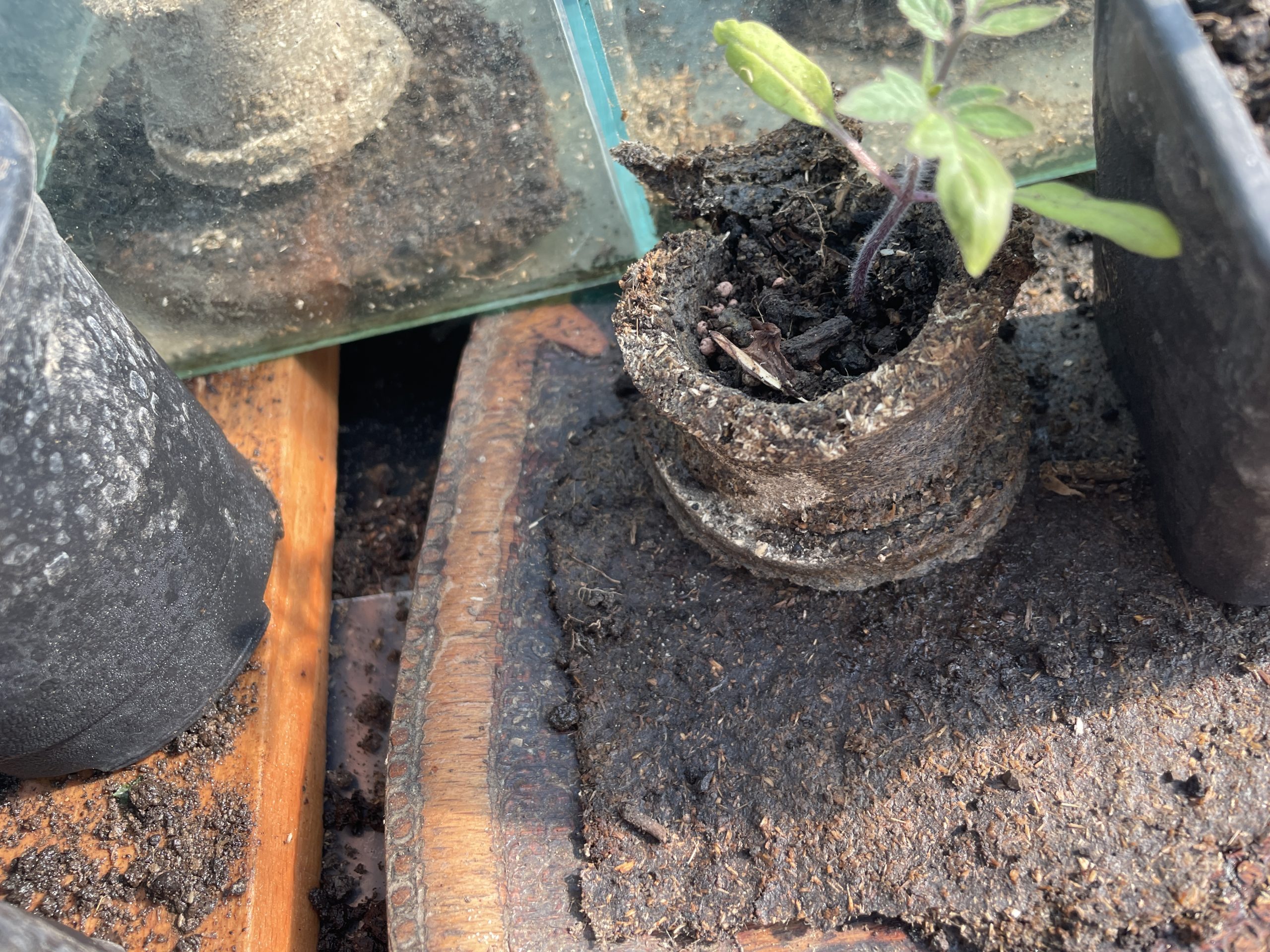
This article was developed within the program Venture an Idea funded by the USAID.
As in the previous year, Belgradegets.digital will have the opportunity to present some interesting guests at the SPLET 3 conference.
One of the programs, FRESH START(ups) will focus on the new and aspiring teams, like Biforst Bioplastic. Here is their story:
How Did It All Start? What Are the Origins of Your Team, and What Problem Did You Want to Tackle?
Bifrost Bioplastics began with a shared passion for sustainability and the desire to address the growing problem of plastic pollution. Our origins trace back to a group of scouts who met through the Scout Association of Serbia over a decade ago. We were brought together by a common love for nature and a commitment to make a tangible difference in the world. The floods in Serbia in 2014 and the refugee crisis in 2015 further strengthened our bond as we worked together on education and humanitarian efforts. We have implemented many environmental projects and organized educational camps and activities for more than 3000 children and youth. These experiences solidified us as a team, with a strong sense of purpose.
The idea for Bifrost Bioplastics was born during the COVID-19 pandemic, when our team began 3D printing protective shields for healthcare workers. This effort made us realize the potential for creating environmentally friendly materials with less impact on the planet. We were inspired to develop a biodegradable alternative to traditional plastics, especially for use in agriculture and packaging. This passion and determination eventually led to the founding of Bifrost Bioplastics doo in November 2021, although our team had already been working informally on this project since April of that year.

Our mission is clear: to reduce plastic pollution and carbon footprints by creating innovative, ecological, and affordable alternatives made from industrial hemp. By leveraging our diverse backgrounds in agriculture, mechanical engineering, energy, and software development, we are committed to promoting a circular economy and transforming how the world uses plastics.
What Were Your First Steps, and How Would You Describe the Process from Idea to Prototype?
Our first steps from idea to prototype were filled with excitement, hard work, and quite a bit of trial and error. We began by researching different bioplastic materials and experimenting with various formulas, aiming to create something that was not only sustainable but also strong and durable. Early on, we realized that working on hardware development takes significantly more time and resources than software development. It was a challenge, but one we were eager to take on.
In the beginning, we tested different combinations of hemp, molasses, and shellac to see how these materials could work together to form a bioplastic suitable for real-world applications. We had a steep learning curve, especially when it came to working in a lab environment. There were a few âhiccupsâ along the way, but each setback was a valuable lesson that helped us refine the process further.
A significant milestone in our journey came in May 2021 when we received the Balkathon award. This support gave us the boost we needed to accelerate our development process and invest in the right equipment. Additionally, we partnered with experts in chemistry and material testing to ensure that our bioplastic met the necessary standards and could perform effectively in the real world. This combination of learning, persistence, and external support helped us turn our idea into a functioning prototype.
Can You Describe the Biggest Challenges and What Are the Milestones You Achieved During This Period?
One of the biggest challenges we faced was achieving the right balance between sustainability and functionality. In this day and age it is so hard to get on top while following your passion. But keeping our material as green as possible was a must for us. Bioplastics need to be both eco-friendly and practical, which requires us to go through multiple rounds of testing and improvement. But these challenges led to some of our proudest milestones, like the successful testing of our materialâs mechanical, morphological, and hydrophobic properties. Weâve also set up our production facility, where we have proved our concept by producing first plates from our material and developed our first prototype, the âOKIâ pot. Now we focused on getting our material certified for commercial use. Also our material was certified as âhighly impactfulâ as for each kilogram of material we produce we take out around 1.69 kilograms of CO2 from the atmosphere.
What Is Your Product Today, and How Does the Market React to It?
Today, Bifrost Bioplastics is more than just an idea; itâs a tangible product ready to make its mark. Our âOKIâ pot is designed for transplantation, made from our unique blend of bioplastics that decompose naturally and feed the plant leaving no harmful residues behind. The market has shown a lot of interest, especially from environmentally-conscious consumers and businesses looking for sustainable packaging solutions and organic producers. Weâre excited to see how our product will continue to resonate as we expand our reach and make an official launch at the end of this year (you can preorder at our website wink wink).

Please Share with Us, What Are Your Next Steps, and How Do You See Your Further Development?
Next up, weâre gearing towards a full-scale product launch. Weâre working on creating a go-to-market strategy, setting up sales channels, and developing a promotional campaign to introduce our product to a broader audience. Weâre also preparing to launch our multilingual website and webshop, and weâre finalizing our brand book to ensure our identity is clear and consistent. Our focus will be on scaling production and continuing to innovate with new bioplastic products. We will be looking for a launching partner so we invite people and organizations who have a strong eco âboneâ to help us and be our âambassadorsâ.
You Participated in Numerous Startup Support Programs in Serbia. What Is Your Experience Building a Business Within the Serbian Startup Ecosystem?
The Serbian startup ecosystem has been incredibly supportive. Weâve had the opportunity to participate in various programs, such as the StarTech, Mastercard and the EIT Climate KIC accelerator program, and guided by the wisdom of partners like Srbija Inovira, Erste Bank, Smart Kolektiv and the D Inkubator programme, our journey is not just about crafting a product. It's about reshaping agricultural practices, promoting eco-awareness and reviving a tradition for a greener tomorrow that have provided us with invaluable resources, mentorship, and networking opportunities. These experiences have been crucial in helping us navigate the challenges of building a business, from securing funding to connecting with industry experts. Also, again I have to thank our partners from multiple universities and scientific institutions who were more than open to give us expertise that we were lacking.
What Kind of Support Do You Need in the Next Period?
As we move forward, weâre looking for partnerships that can help us scale our production and expand our market reach. Weâre also interested in collaborating with research institutions and companies that share our vision of sustainability to further innovate our product line. At the end of the year negotiation with potential investors will start and we are planning to relocate our production so we can have an even lesser carbon footprint in our production. This possible investment will be used for that and scaling up our production.
How Can Clients Get in Touch with You?
We like to keep things cool and straightforwardâjust like our bioplastics! You can reach out to us through our website bifrostbioplastic.com where youâll find all the details you need to connect with us. Whether youâre interested in our products, want to collaborate, or just want to chat about sustainability, weâre just a click away!
Disclaimer:
The project is financed by the Innovation Fund from the European Union Pre-Accession
Assistance and from the budget of the Republic of Serbia, the line of the Ministry of Science,
Technological Development and Innovation.
This article is made possible by the support of the American people through the United States Agency for International Development (USAID). The contents of this program are the responsibility of Nova Iskra and do not necessarily reflect the views of USAID or the United States Government